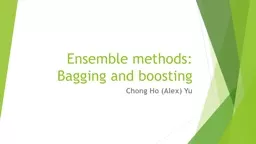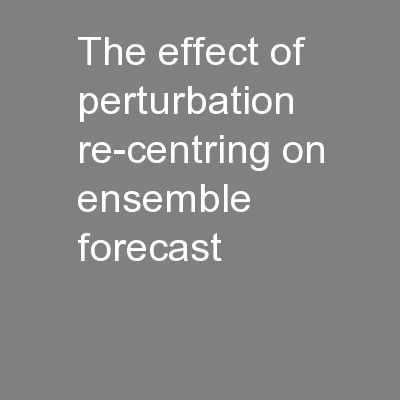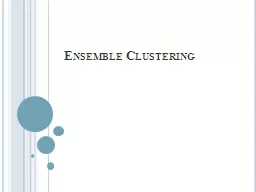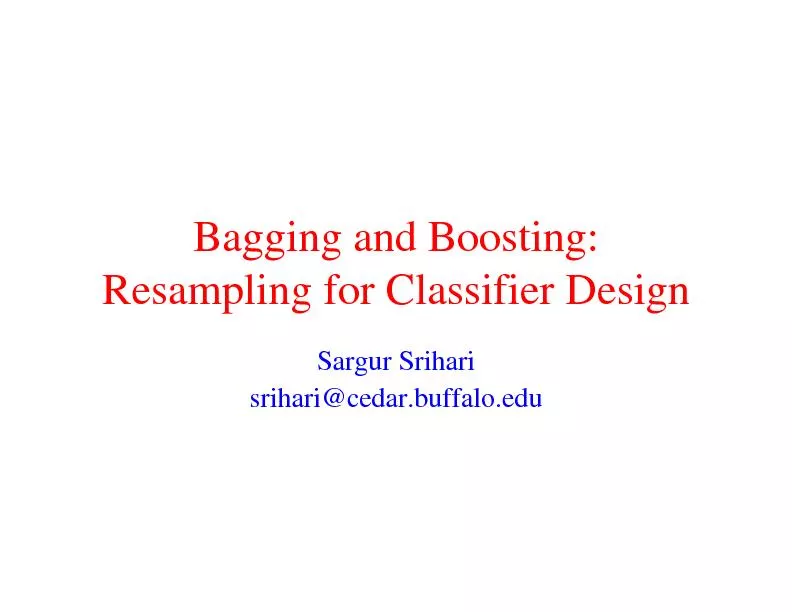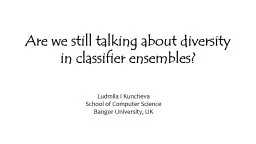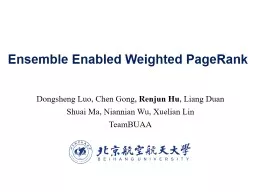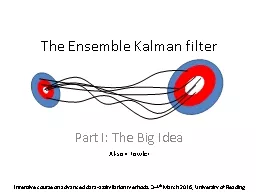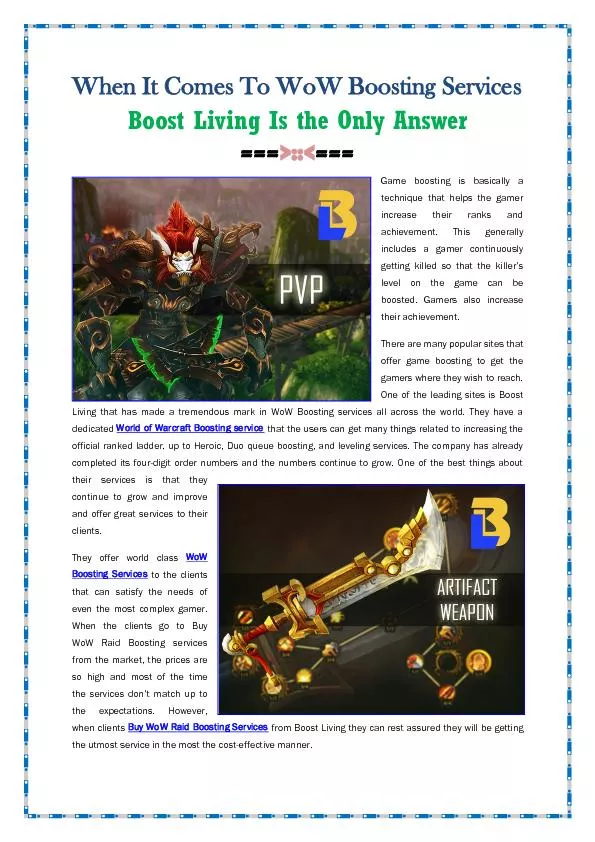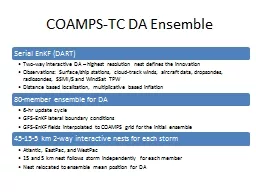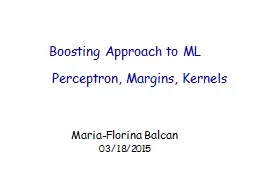PPT-Ensemble methods: Bagging and boosting
Author : calandra-battersby | Published Date : 2018-11-07
Chong Ho Alex Yu Problems of bias and variance The bias is the error which results from missing a target For example if an estimated mean is 3 but the actual
Presentation Embed Code
Download Presentation
Download Presentation The PPT/PDF document "Ensemble methods: Bagging and boosting" is the property of its rightful owner. Permission is granted to download and print the materials on this website for personal, non-commercial use only, and to display it on your personal computer provided you do not modify the materials and that you retain all copyright notices contained in the materials. By downloading content from our website, you accept the terms of this agreement.
Ensemble methods: Bagging and boosting: Transcript
Download Rules Of Document
"Ensemble methods: Bagging and boosting"The content belongs to its owner. You may download and print it for personal use, without modification, and keep all copyright notices. By downloading, you agree to these terms.
Related Documents

